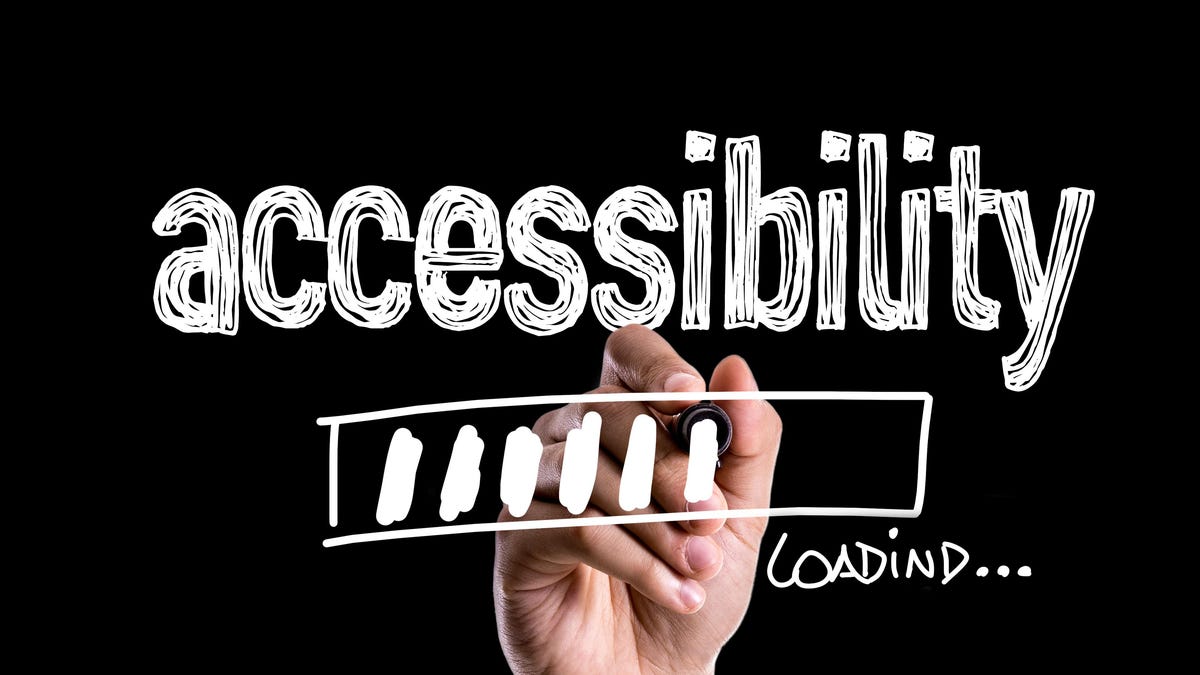
Businesses are finally beginning to recognize the value of the accessibility and adaptive markets seeing it not only for its economic viability but for the power to embrace social good which is consistent with the changing cultural norms of business today. Sectors ranging from technology, consumer goods to apparel are entering this rapidly percolating marketplace with the general understanding that these products and services can have a ripple effect beyond just the disability community but offer a significant impact on the general consumer in a multitude of ways. However, as brands both big and small are entering the market, corporate leadership must familiarize themselves with the very philosophy of accessibility that can become a guiding light for robust business leadership and long-term economic growth.
Today’s column is designed to look beyond the mechanics and provide a way for corporate leadership to think about accessibility and the adaptive market space to develop a more effective roadmap for business success. Let us start with the primary difference between thinking about accessibility in terms of a strategic framework rather than a design practice. As the writer and consultant Timothy R. Clark wrote “Organizations engage in only two processes- execution and innovation. Execution is the creation and delivery of value today, while innovation is the creation of value tomorrow.” It is this very concept of thinking about innovation and creating value for tomorrow that is essential to truly understand how corporate leadership must think about accessibility.
For companies to be a true player in the accessibility and adaptive markets, corporate leaders need to be cognizant of the role of innovation in their business life cycle, secondly, they should understand the value of consumer behaviors and needs. To do this, one must tackle the rubric of innovation within this space by looking at the central ideas through a bifurcated process known as offensive and defensive innovation. Offensive innovation can be simply viewed as an organization being proactive to change while defensive innovation is often described as more reactionary or a response to an external threat challenging the status quo such as changing consumer preferences, technology shifts, demographics, and so on. Corporate leaders who hope to participate in the accessibility and adaptive space should familiarize themselves with this type of thinking to be better equipped for the tectonic shifts unfolding in these current market conditions. Being able to develop an effective strategy and prove both competence and embrace a sense of authenticity takes time. It is this line of thinking that is paramount for businesses to truly secure a competitive advantage.
As corporate leaders familiarize themselves with this new language of innovation leadership, the secondary idiom that needs amplification is the role of accountability. As businesses begin to embark upon this new terrain corporate leaders must concentrate on the needs of customers, market trends, and brand engagement within the accessibility and adaptive markets. To serve this level of accountability collaboration will be an essential aspect of smart business tactics.
Collaboration must be seen as an essential instrument within the business playbook. Whether it be various consumers within the disability community to those across the corporate ecosystem, the role of collaboration must be critical to shaping any brand within the accessibility and adaptive market. Accountability is often about finding the right pacing for companies to cultivate an accessible product or service by reaching all the specific benchmarks needed to be successful. It should be considered that these standards are part of a well-thought-out process that highlights an organization’s rationale about how moral obligation and economic possibility converge and help shape a new pathway where innovation and creativity can be an inspiration to create a new model for business as usual.
The function of innovation leadership in developing the accessibility and adaptive markets is as much a cognitive process as it is about the advancement of products and services. Corporate leaders must be mindful that engaging in this burgeoning space is as much about intelligence, shrewdness, and insight as it is about technical prowess. Having the ability to think through groundbreaking ways of approaching these challenges are key to discovering the possibilities in this proliferating sector.
MORE FOR YOU




